An obstacle course is a series of obstacles that must be completed from start to finish. Obstacles include jumping over hurdles, crawling through tunnels, climbing ropes, and more. The obstacles are typically set up on mats or soft surfaces so kids won’t get hurt if they fall.
Indoor obstacle courses are great for children of all ages because they’re challenging but accessible for even younger kids to complete independently with help from their parents or siblings (depending on their age). Older children may enjoy working with their friends on the challenges to beat each other’s times!
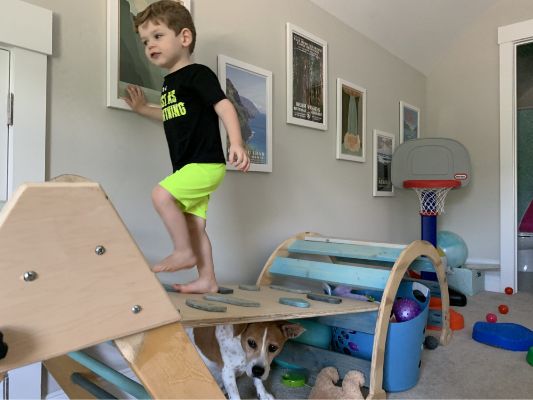
A typical indoor or outdoor obstacle course includes walls, tunnels, ladders, balance beams, and other challenges. Obstacles can be made from wood or plastic with rope ladders or other materials for particular challenges, such as climbing up ropes or swinging from bars.
Ideas For Indoor Obstacle Games At Home
Many gyms offer indoor obstacle courses for their members, but if you want something more affordable, consider building one at home instead.
If you don’t have enough room outside, set up your indoor obstacle course in your basement or garage. You could also create one in an empty bedroom if you don’t want your kids running inside the house while playing with it!
Whatever type of obstacle course you decide to make, there are some key elements that need to be included:
Obstacles
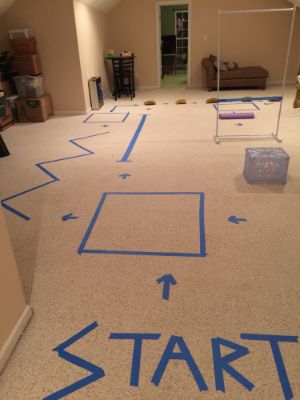
The most important part of building an obstacle course is having fun obstacles for kids to play on! There are tons of ideas on Pinterest and Google Images, but here are a few suggestions.
Hurdles
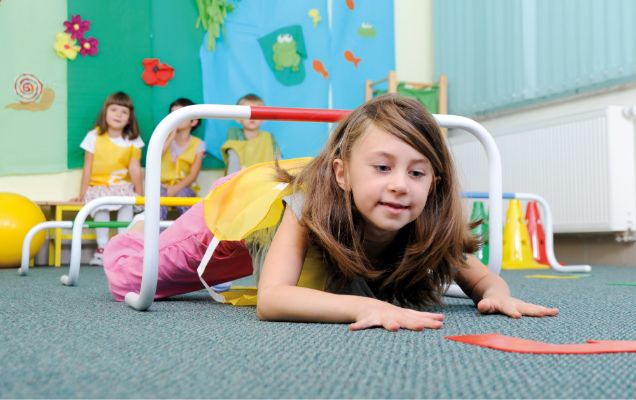
Hurdles are significant because they’re portable and easy to set up anywhere! Just grab some plastic storage containers from the dollar store, fill them with water, and you’ve got an instant obstacle course.
Bridges
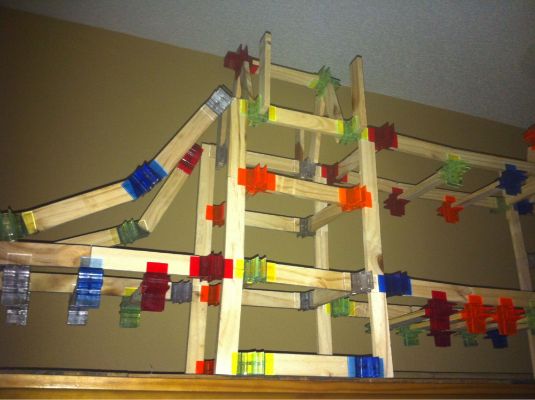
Build a bridge across your room. Ensure it’s sturdy, safe, and challenging enough to make your child work hard.
Obstacle Course
Set up different obstacles around the house that your child must navigate to get to the other side. This could include stepping on a box or walking over a piece of cardboard.
How To Plan Indoor Obstacle Course?
The key to building an indoor obstacle course is planning. You want to ensure that your obstacles are challenging but doable and spread out enough so that everyone can get through them without getting in each other’s way. Here are some tips for planning your indoor course:
- Know what kind of space you have available. This means knowing how many obstacles you can fit into it and how high they can be before someone knocks them over.
- Think about safety when choosing your obstacles. Balance beams are great because they give kids something stable to stand on while navigating obstacles like tunnels or balls rolling down hills. But if there are sharp corners or edges on your objects (like tires or plastic containers), ensure that kids know not to run into them!
- Ensure enough space for people to pass each other between obstacles easily.
- Ensure no sharp edges or protrusions might hurt someone if they fell against them. Also, ensure there are no sharp corners or angles where someone could get hurt by tripping over something or hitting their head on a wall corner or the edge of a table.
- Keep any cables out of the way so they won’t get tangled up in someone’s feet as they run through the course.”
What To Consider First Before Planning Indoor Obstacle Games?
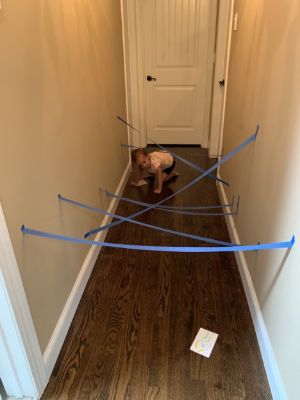
The first thing to consider when planning an indoor obstacle course is what type of obstacles you want to use. There are many different types of obstacles from which to choose, including:
- Walls: walls are great for creating corners and making obstacles more challenging. Raised platforms are perfect for adding another layer of difficulty to any course, especially if they’re close together, so participants must jump or climb over them.
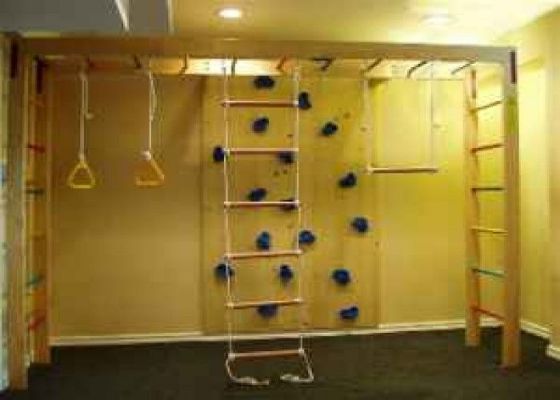
- Ropes: ropes can be used in many different ways depending on the activity being held at the event. They can be used as balance beams, monkey bars, or swinging ropes where participants must jump from one side to another on the rope while it swings back and forth.
Slides are popular for children’s events because they’re easy enough for even young children to enjoy! Slides come in several shapes and sizes, so there’s something for everyone.
- Balance Beam: balance beams are great for children who like the thrill of being off the ground but don’t want to climb up and down monkey bars. You can find balance beams made of wood or plastic, so if you have younger kids, consider getting one that’s easy to clean and won’t leave splinters behind.
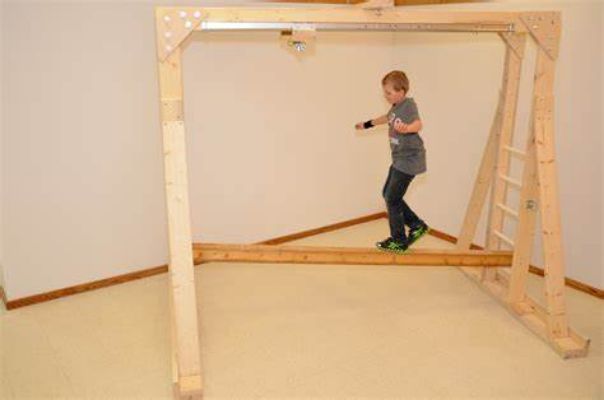
- Maze: mazes allow children to explore their surroundings by finding their way through a series of twists and turns. Mazes are great for all ages and can be used indoors or outdoors, depending on the size of your event space.
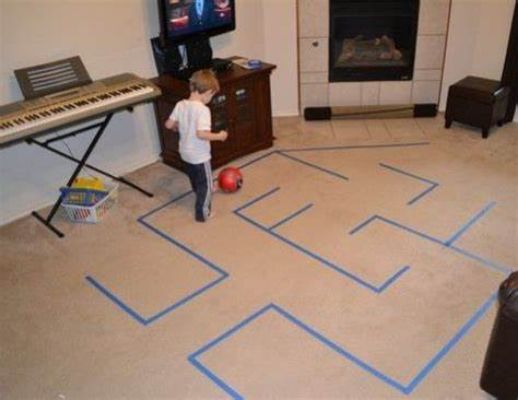
Diy Obstacle Course For Kids
Your obstacle course can be made from anything you have lying around the house or items found at yard sales or thrift stores. Here are some ideas for creating your obstacle course:
- A cardboard box taped together with holes cut out for your legs will make a great tunnel! You can tape it up yourself or let your child do it alone (with supervision).
- You could use a laundry basket full of clothes with socks hanging over the edge like monkey bars! Your child will spend hours climbing around inside of it! Put another basket on top for added fun, so they have two levels to climb on!
Duffel Bags
- The first step is to place duffel bags around the house and label them with numbers 1 through 10 (or however many bags you want). These bags should be placed in different rooms throughout the house so that when a child picks up one of them, they will have no idea which room to go into next. The object of this game is for children to pick up all ten duffel bags without ever leaving their room.
- The second step is for parents to hide in any one of the rooms with a timer in hand. When the parent hears someone come into their room, they start their timer and wait until the child has picked up all ten duffels before calling out “stop” or “stop it.”
- Once they’ve called out “stop” or “stop it,” parents take their child back to where they started, usually where they found their first duffel bag. Kids must then turn around and go back through all ten rooms until they find all ten duffels again. This can be done in any order as long as each bag is retrieved by the end of the time limit set by Mom or dad.
At The End
In conclusion, creating an indoor or outdoor obstacle course for kids is a fantastic way to keep children active and entertained. With some planning and creativity, parents and caregivers can easily set up a DIY obstacle course using household items and age-appropriate challenges. Obstacle courses offer a variety of physical and mental benefits for kids, including improved motor skills, problem-solving abilities, and healthy competition. By encouraging kids to try new obstacles and courses, parents can help them develop a love for physical activity that will last a lifetime. So why try it and see how much fun your kids can have while staying active at home?
